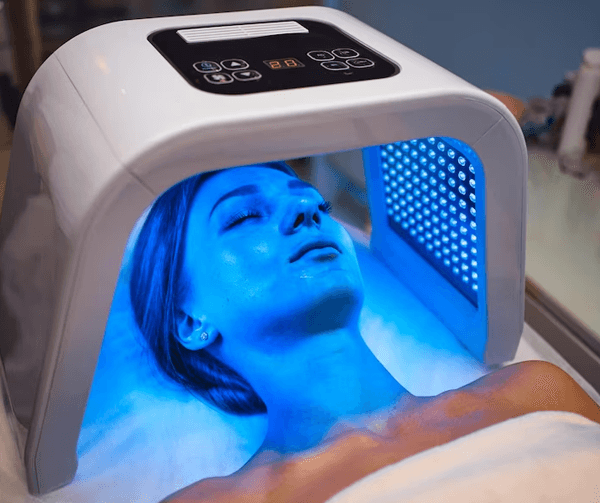Cancer can present itself in various forms, and while some people might have suffered from it in their bones, others could have it in their blood. However, while there are no real documented methods of preventing these, there are a few types of cancers, which can be. Tweaking certain habits could actually lead to a possibility that cancer does not appear. While in most cases, the appearance of cancer is attributed to genetics and the elevation of the cancerous cells in the body, there are certain types of cancers that can certainly be avoided.
For instance, cancer in the liver can be avoided if you keep a control over your consumption of alcohol. Similarly, cancer in the lungs can be avoided if one does not smoke too much. And then there is skin cancer, which can be avoided by ensuring that you are sun safe and protect your skin as and when required. This means that you should apply sunscreen while going out, investing in waterproof sun protection creams, which would be useful while being in the sun and water at the same time. In addition, you need to remember that the ultraviolet rays are in play, even when the sun might not be visible, which means that if you are stepping out during the day time, you need to make sure that you apply sun protection.
If these steps are not followed, chances of melanoma or skin cancer can go up drastically. However, if the cancerous growths are localised, then there is a chance that they can be removed surgically or using specialised techniques, allowing you to return to good health.
In this article and the next one, we will look at skin cancer removal and everything that it entails, starting with:
What is skin cancer removal?
In the simplest of terms, skin cancer removal is the method by which a surgeon will remove the presence of cancerous growths. This is done to ensure that good health is maintained and your physical appearance is as close to normal as possible.
Any type of cancer can be difficult to come to terms with, and skin cancer can actually be quite obvious, because there could be lesions and growths. However, since the lesions and growths are often on the exterior part of the body, they can actually be easier to remove and handle. In many cases, with the removal of these cancerous growths, the chances of the reappearance of the cancer also drop drastically.
Today, there are several cutting edge techniques that are being used by surgeons all over the world, to remove these cancerous growths, giving people a new lease of life.
What are the terms associated with skin cancer removal?
When you visit a doctor for skin cancer removal, you might find yourself on unsure ground with numerous medical terms being thrown around. While you can always ask the surgeon to explain each term in detail, it would make sense to learn and understand a few terms on your own. These terms include:
- Cancer – When there is an uncontrolled growth of cells that are not normal, the body is said to have cancer. The cancerous cells are also known as malignant cells, mainly because they are not benign and will cause damage to the body or the organ that they are affecting.
- Melanoma – This is perhaps the most commonly used term to describe skin cancer and is distinguished by pigmentation that is either blackish or brownish in colour. The pigmentation is normally not clearly defined and does not have clear borders either. This is perhaps the most serious form of skin cancer and if not detected in time, could be fatal. Since, the condition occurs in the deepest part of the epidermis, it can spread quite quickly and start affecting other organs of the body too.
- Basal cell carcinoma – This is perhaps the most common form of skin cancer and originates in the epidermis. The growths associated with this form of cancer are normally round in shape and have a dark pigmentation.
- Epidermis – This is the term used to describe the upper most layer of the skin.
- Excision – This is a simple surgical procedure that is used to remove the lesion or growth from the skin.
- General anaesthesia – The method of numbing or relaxing the entire body, by giving medication or by making one inhale gas. This is done to ensure that there is no pain or discomfort to the person during the surgical process.
- Intravenous sedation – When sedation is brought about by administering medications via continuous injections.
- Skin graft – This is a surgical procedure, which is often used to treat skin cancer. Healthy skin is excised from one part of the body and then used to cover the site, where the cancerous growth once was. This method is ideal to hide wounds which are very obvious, post cancerous growth removal. The sutures will be placed with care and precision, so that they can be hidden within the natural folds of the body.
- Local flap – This is a surgical procedure that is used to treat skin cancer, when the healthy tissue that is located right next to the wound site, is repositioned to cover the wound.
- Frozen section – When the cancerous growth is removed, there is certainty that the particular “piece” of cancer has been removed. However, there is no guarantee that the entire wound is now cancer free, which is why the frozen section procedure is performed. Once the lesion has been removed, the same will be examined in detail to ensure that all the cancer cells have been destroyed completely.
- Mohs surgery – This is a surgical procedure when there is no border to the cancerous growth. Many a times, what is seen on the surface is only the tip, and there is a larger region underneath with undefined borders. The procedure to clear the same out is referred to as Mohs surgery.
In the continuing article, we will look at other aspects of skin cancer removal.







